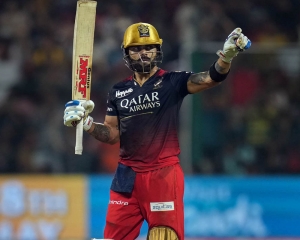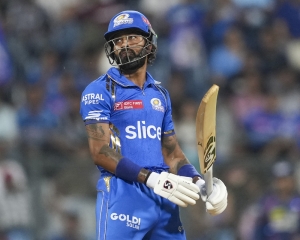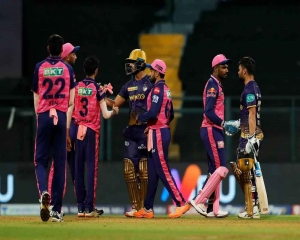India and the US have decided to reactivate the Indian Ocean Observing System (IndOOS), a network of 36 moored buoys in the high seas to collect high-resolution ocean and atmospheric data for weather forecasts.
The IndOOS array of buoys fell into neglect and disrepair during the years of the COVID-19 pandemic, leading to gaps in observational data considered crucial by weather forecasters, particularly since the links between the Indian Ocean Dipole phenomenon and monsoon were established.
The reactivation of IndOOS was discussed last month during a meeting of Earth Sciences Secretary M Ravichandran with Rick Spinrad, Administrator of National Oceanic and Atmospheric Administration (NOAA) of the US.
The moored buoys are part of the Research Moored Array for African-Asian-Australian Monsoon Analysis and Prediction (RAMA) programme that was born out of a collaboration between the Ministry of Earth Sciences and NOAA in 2008.
“We want to reactivate RAMA. I discussed it with the NOAA chief during my visit to Washington in March,” Ravichandran said.
NOAA has agreed to provide instrumentation and India will give ship-time from July for restarting the RAMA array, he said, adding that about 60-90 days of ship-time will be required for the purpose.
In an article published in the Bulletin of American Meteorological Society (BAMS), weather forecasters from several countries wrote that the pandemic disrupted the deployment and maintenance cruises for the observational array and also resulted in supply chain issues for procurement and refurbishment of equipment.
RAMA moored buoys are usually replaced once a year because sensors fall out of calibration and batteries run down. This servicing is typically done using research vessels primarily from Indonesia, India and South Korea in partnership with NOAA.
However, these research cruises were put on hold for more than two years during the pandemic, with only a single servicing cruise that turned around two buoys in the southwest Indian Ocean in January 2022, the weather scientists wrote in the BAMS article.
Observations of the ocean are essential for operational services such as cyclone warnings, storm surge alerts, initial conditions for monsoon predictions and climate forecasts, tsunami warnings and harmful algal bloom detection. The RAMA moored buoys also provide important verification data for air-sea flux products and satellite measurements.
Marine observations are crucial in monitoring and forecasting weather and climate over the Indian Ocean and the surrounding rim countries. They also help maintain long-term continuous maritime records, provide information on the ocean’s health and are critical for establishing baselines to assess natural variability and human-forced climate change.

























